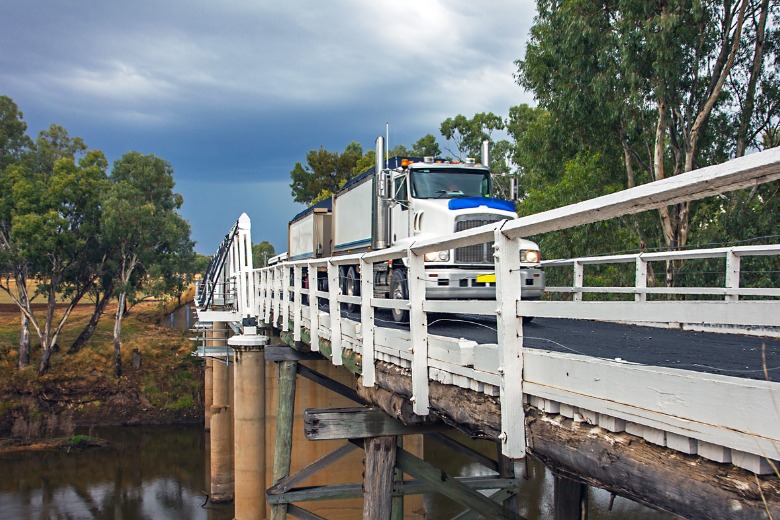
Bridge safety and maintenance is a hot topic around the world as researchers race against time to find an economical, reliable way to monitor the safety of the world’s rapidly ageing bridge infrastructure.

One of these is Dr Mehridat Makki Alamdari, a senior lecturer with the School of Civil and Environmental Engineering at UNSW who is collaborating with colleagues at Kyoto University to design a small scale, autonomous, sensor-loaded vehicle that can regularly patrol bridges collecting real time data.
“The entire world is facing a large number of already deteriorated bridges are they come towards the end of their service life,” Dr Makki Alamdari told Government News.
“There have been a lot of bridge failures around the world and all of this is driving researchers to develop a framework that is economical and can be used on a large number of structures.”
Traditional methods not good enough
Traditionally, Australia’s 53,000 bridges are monitored via CCTV or yearly visual inspections by engineers, but these methods are fallible as problems can occur between inspections.
Another method involves installing sensors along a bridge to pick up structural defects – a system that’s currently used on some bridges including the Sydney Harbour Bridge.
However that requires overheads like cabling, electricity and analysis systems, and the costs can can run into hundreds of thousands of dollars, Dr Makki Alamdari says.
Breakthrough
A breakthrough came about 15 years ago when a team of Japanese researchers came up with the idea of putting sensors on a mobile instrument that can patrol the bridge, instead of putting sensors on the bridge itself.
The proposed system would be much cheaper than using conventional sensors, because it cuts down on the number of sensors required.
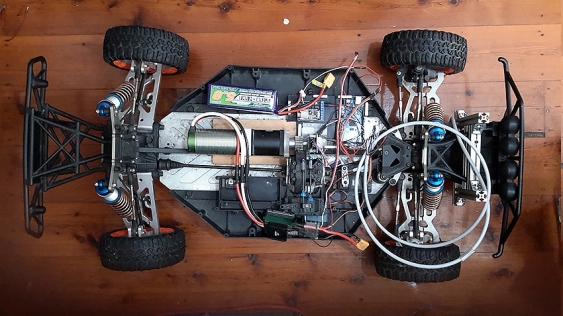
While other countries have experimented with putting sensors on customised sedans, or even trailors pulled by another vehicle, the Australian team is developing a specialised autonomous test car.
The vehicle, which Dr Makki Alamdari says resembles a mini Formula One car, uses signal processing technology that can measure vibrations and apply machine learning to create a database of indicators relating to the structural health of a bridge.
“The car is equipped with multiple accelerometer and load cells to measure the dynamic response of the vehicle once it is moving over the bridge as well as measuring the interaction force between the vehicle and the bridge,” Dr Makki Alamdari says.
“There is also a data-acquisition system on-board to log data in real-time. The car will move back and forth many times to collect a rich dataset of the bridge. Once data is collected, it will be analysed off-line in the office to see if there are any anomalies compared to the benchmark state.”
Cutting local government costs
The technology would be a boon for local councils, she says.
“We’ve had a lot of discussions with councils in NSW, and they tell us the current technology of sensors on the bridge usually costs between $100,000 and $200,000 per bridge.
“They are saying to us, ‘our budget is only $20k per bridge. How do you expect us to put sensors on the bridge?’
“This technology is very cheap in terms of implementation, because we just need four or five sensors on the vehicle which is regularly passing over the bridge.
“In terms of the cost I would say it’s one tenth or one twentieth of the cost of conventional processes.”
Useful in regional areas
The smart sensor car would be particularly useful in rural and regional areas, where many bridges are suffering significant wear and tear from overweight trucks trying to escape weighing stations by taking back roads.
However Dr Makki Alamdari acknowledges the technology has limitations. For example, it’s unsuitable for long bridges with multiple lanes and heavy traffic.
She says preliminary studies on the test vehicle have shown it can work, and she hopes to replicate that in the field within three to four years, with the aim of having a product commercially available in ten years.
Comment below to have your say on this story.
If you have a news story or tip-off, get in touch at editorial@governmentnews.com.au.
Sign up to the Government News newsletter
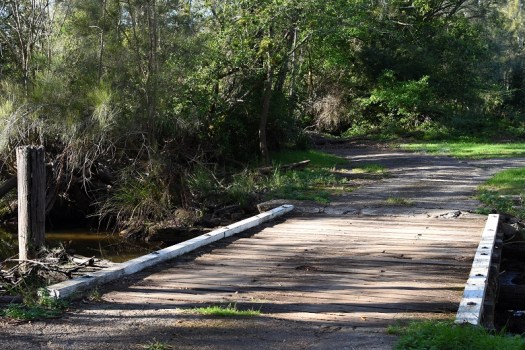
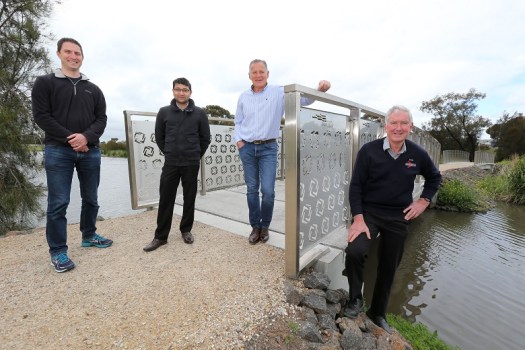
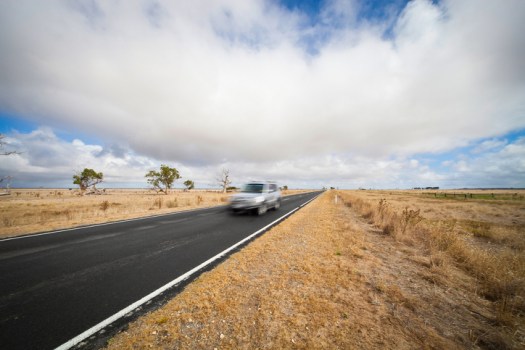
Great to have a pathway to do bridge inspections cheaper. but in the next 10 years. we will just have more life expired Bridges. A radical way forward is to have a national approach to way we move commodities around this large country.
Australia’s extensive rail infrastructure was mothballed in favor of trucks. in the 1970 onward we only designed infrastructure for a moderate loading. 1990’s on wards saw this HV axle loading’s explode as we shifted to Trucks in place of rail.
Given the user charges are weighted for using trucks. in place of rail. So, we will never have the $’s to keep up with inspections and necessary replacement of already life expired bridges.
A interim solution is to place Infringement cameras at vulnerable bridge site with a in pavement load cell that has a upload link.To get real time data as its the number and severity of overloads that deform structures.
Perhaps LG then we can utilse the revenue stream from infringements to fund inspections. A User pays system.
Weight cameras instead of speed cameras. or dual use camera installations in some locations